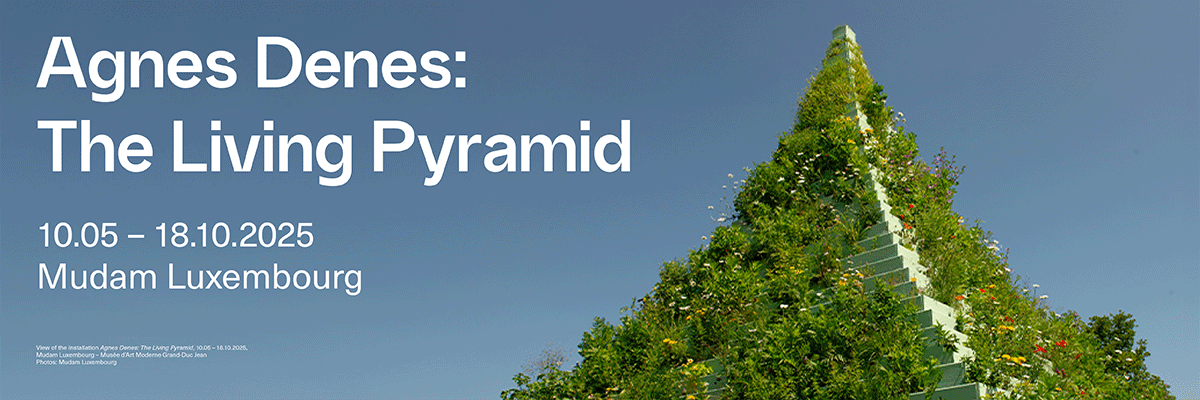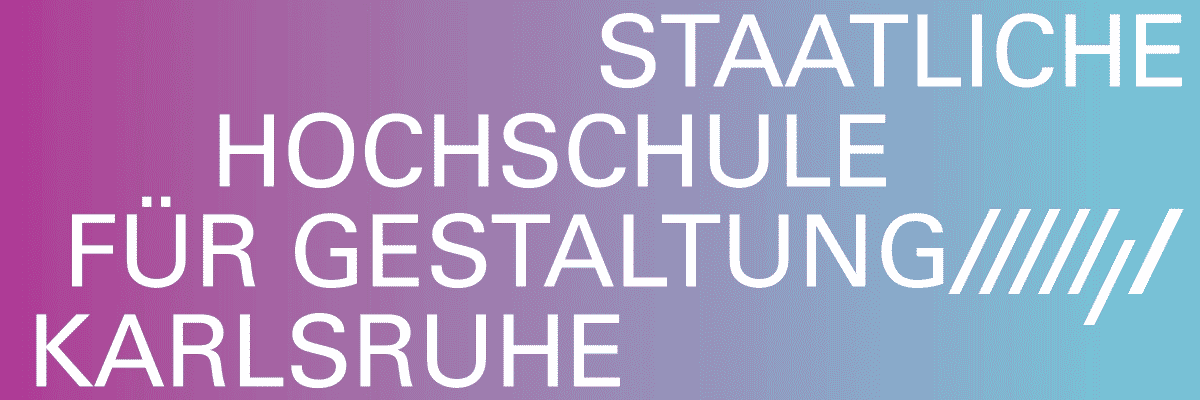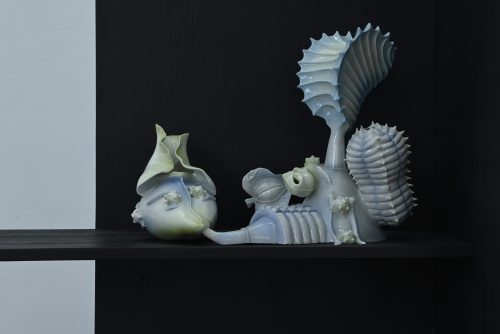
Andreea Anghel, Irina Caia, Piotrek Kowalski, Michał Maliński
thank you for recording
Project Info
- 💙 Turnus Gallery
- 💚 Andreea Goța
- 🖤 Andreea Anghel, Irina Caia, Piotrek Kowalski, Michał Maliński
- 💜 Andreea Goța
- 💛 Bartek Zalewski
Share on

Exhibition view, "thank you for recording" 17.07–17.08.2025
Advertisement

Exhibition view, "thank you for recording" 17.07–17.08.2025

Exhibition view, "thank you for recording" 17.07–17.08.2025

Exhibition view, "thank you for recording" 17.07–17.08.2025

Exhibition view, "thank you for recording" 17.07–17.08.2025

Exhibition view, "thank you for recording" 17.07–17.08.2025

Exhibition view, "thank you for recording" 17.07–17.08.2025

Andreea Anghel, "He Who Danced Like A God", 2022

Andreea Anghel, "He Who Danced Like A God", 2022

Andreea Anghel, "Fountaindrinkers", 2023

Andreea Anghel, "Fountaindrinkers", 2023

Piotrek Kowalski, "Timeline", 2024

Piotrek Kowalski, "Timeline", 2024

Piotrek Kowalski, "Kontakty", 2024

Piotrek Kowalski, "Kontakty", 2024

Michał Maliński, "glued armpits", 2024

Michał Maliński, "prisoner", 2025

Irina Caia, "..and in absence there is just echo", 2025
thank you for recording opens up a space where the act of staging creates its own kind of truth.
In the absence of solid ground, it is the persistence of questioning and reimagining that holds
everything together.
Recording in the context of the exhibition extends beyond video or audio. It is understood as
a broader form of documentation: a way to preserve, reconstruct, or make sense of an
experience. Shaped by intention, perspective, and context, it becomes both archive and
performance. The document becomes unstable, distorted, not a clear trace but a site of friction
between remembering and imagining.
Looking at the works together, I felt an almost physical jolt. For some reason, it reminded me
of that moment when you touch your pocket and realize your phone is missing. Your entire
system halts for a split second, and in that flash, everything sharpens. A vibration in the body, a
surge of recognition, and the sudden absence of something that was just there. This moment,
when something is recognized as lost, feels both abrupt and vague, with no clear timeline. The
mind shifts into a mode of reconstruction. A rehearsal begins; not to prepare for what is to
come, but to respond to what has already happened. Each step retraced carries uncertainty.
Gestures are repeated and spaces revisited, as if scenes might be rebuilt from memory. While
some fragments remain intact and clear, others begin to distort or dissolve entirely. In this way,
the search becomes a creative act, not about factual recovery but about inventing something
out of necessity.
Traces emerge as fragile, personal records, attempts to hold onto impressions, and
emotional imprints. They are shaped as much by what is preserved as by what inevitably slips
away. Here, documentation functions not as proof, but as a form of possibility, an echo of
something that once was or might have been.
Andreea Goța




